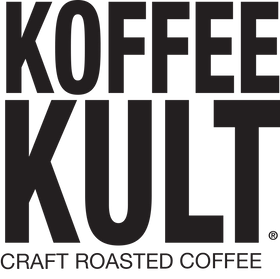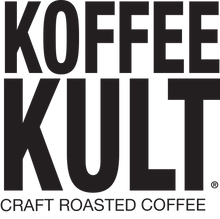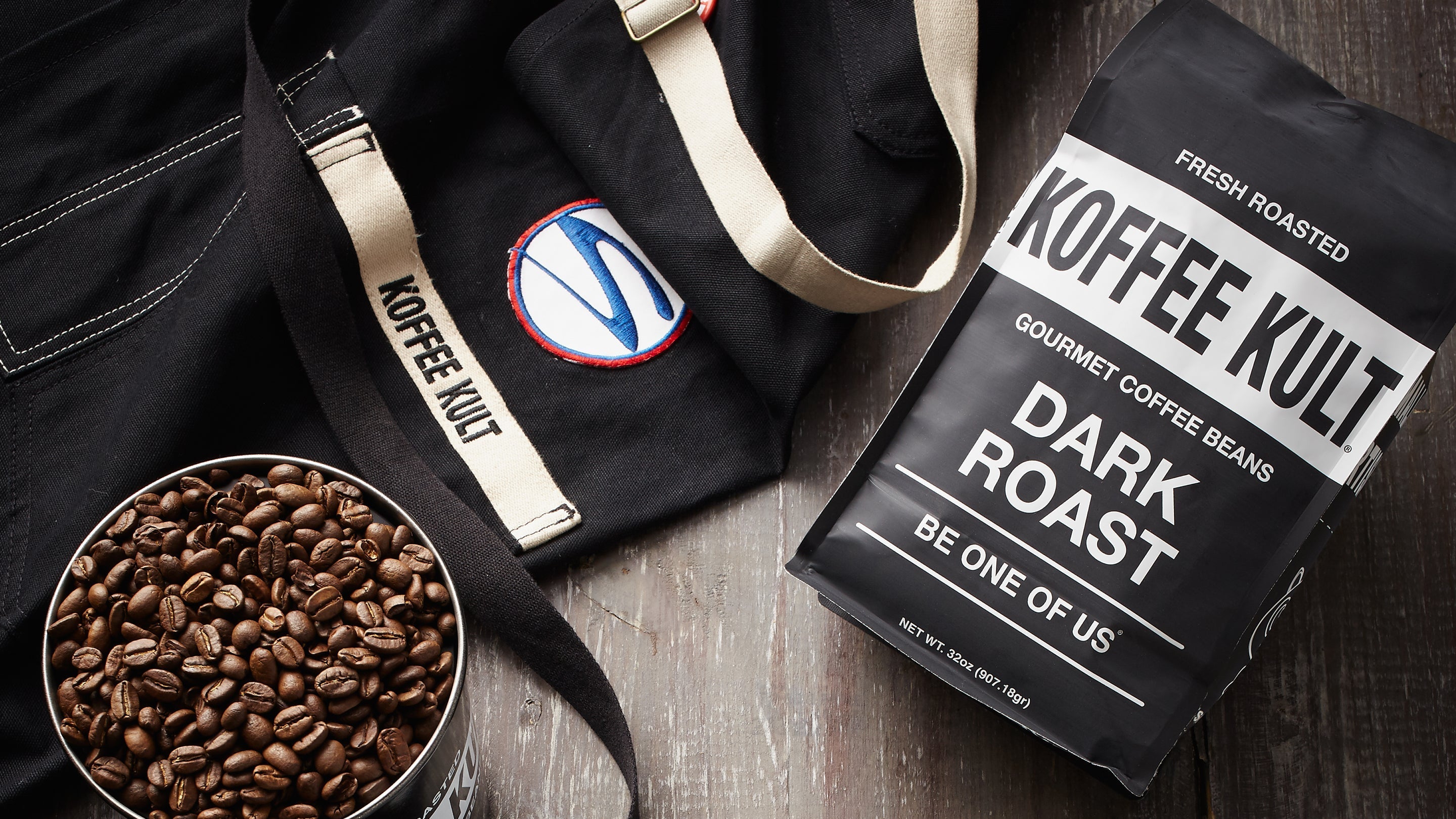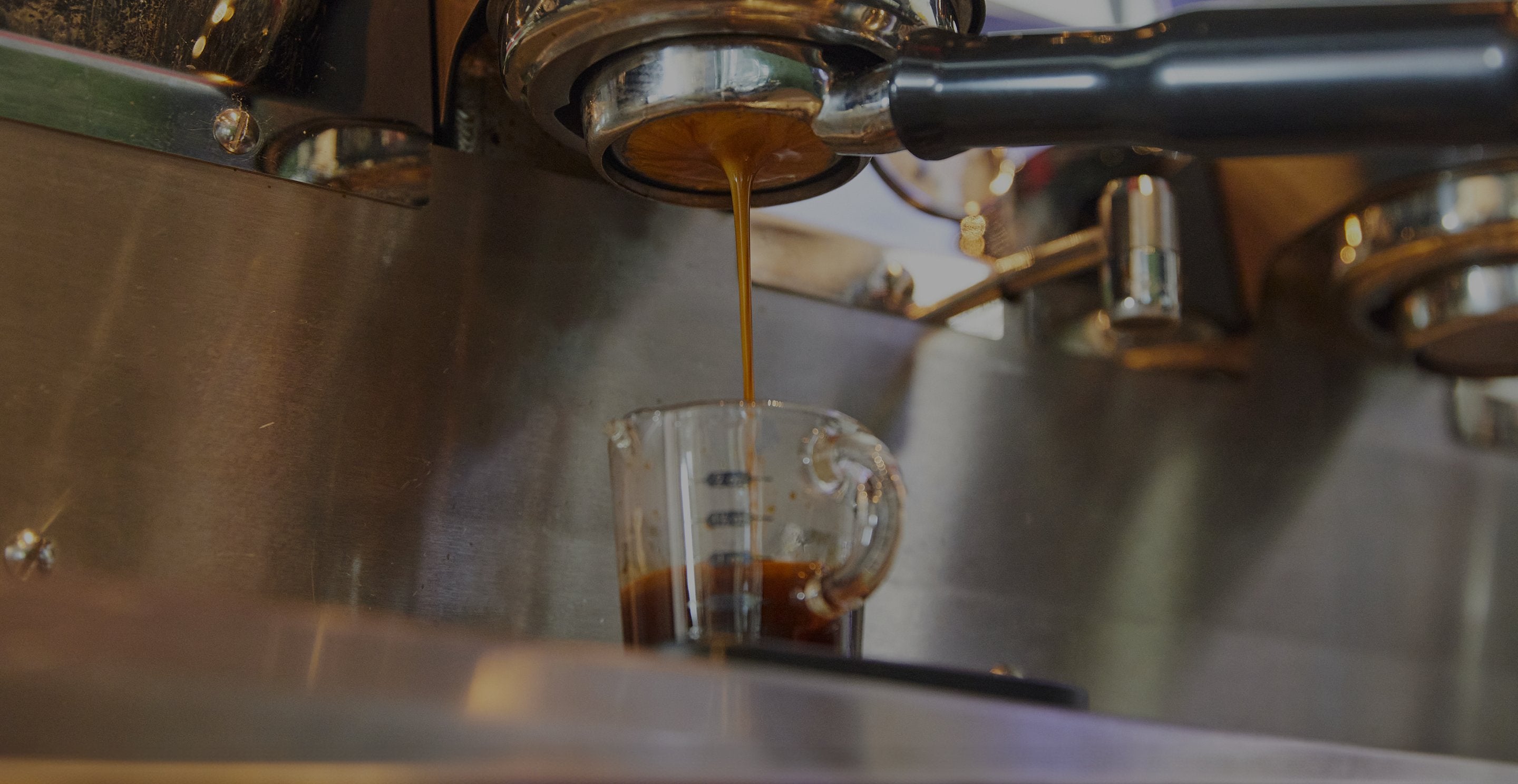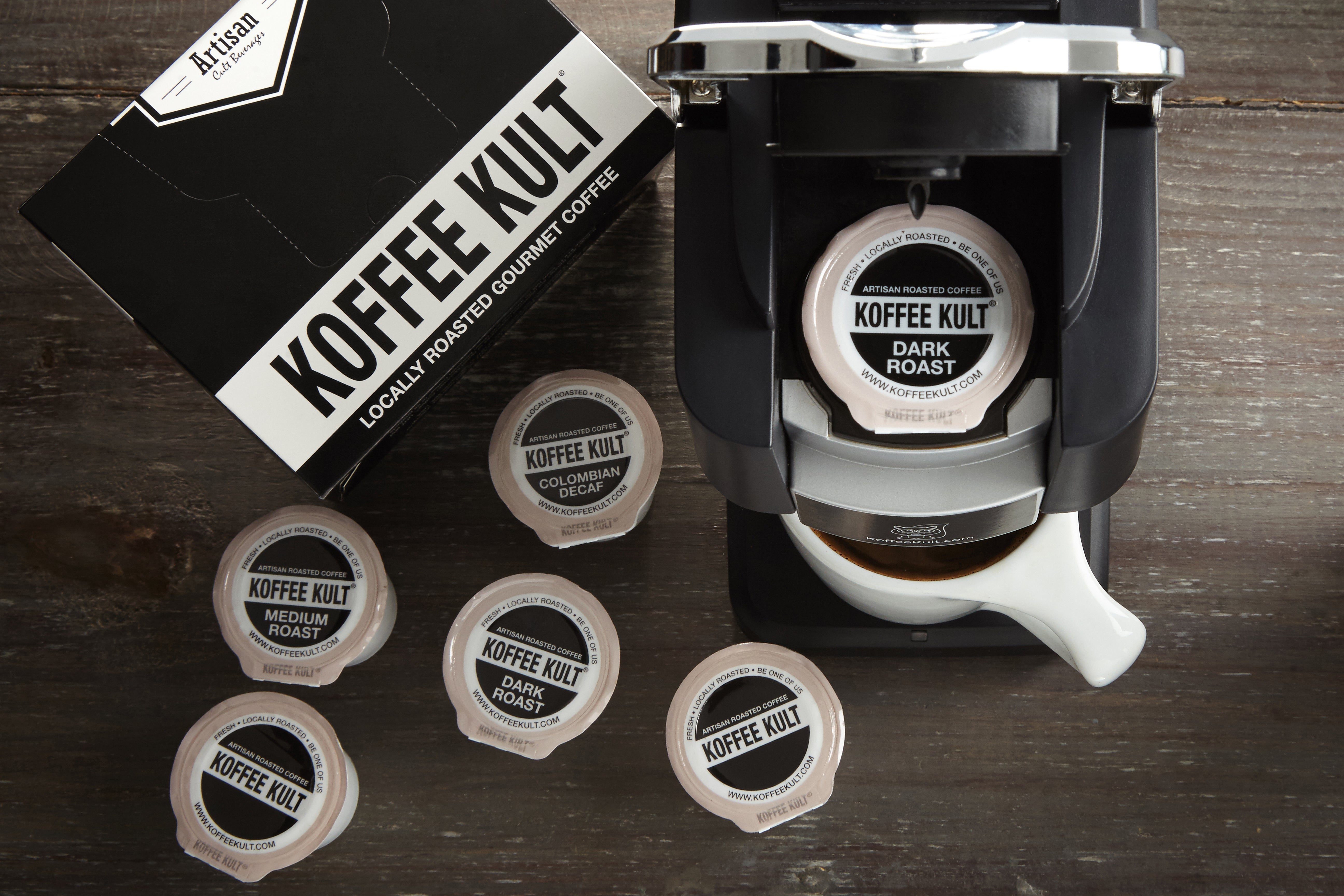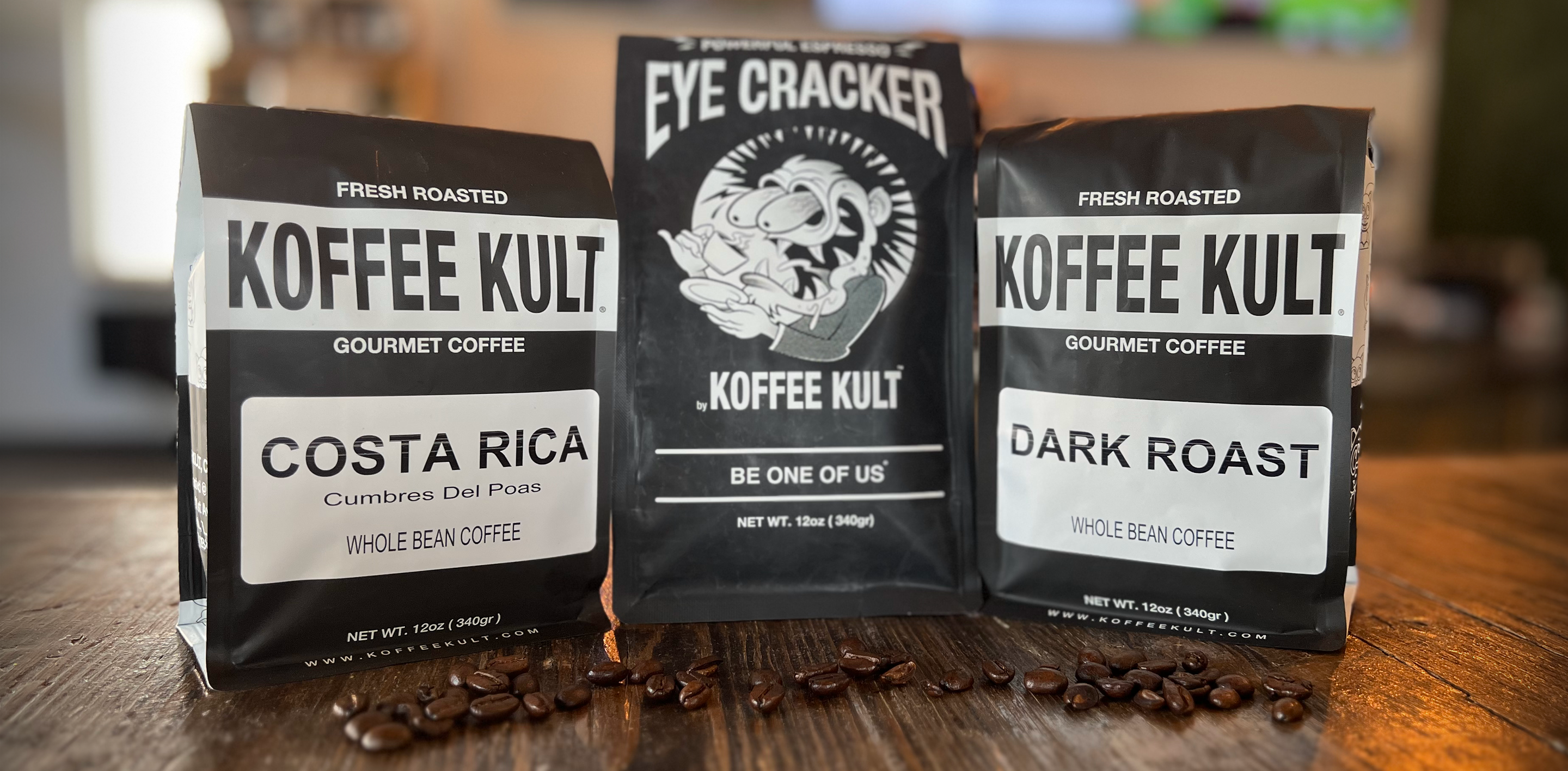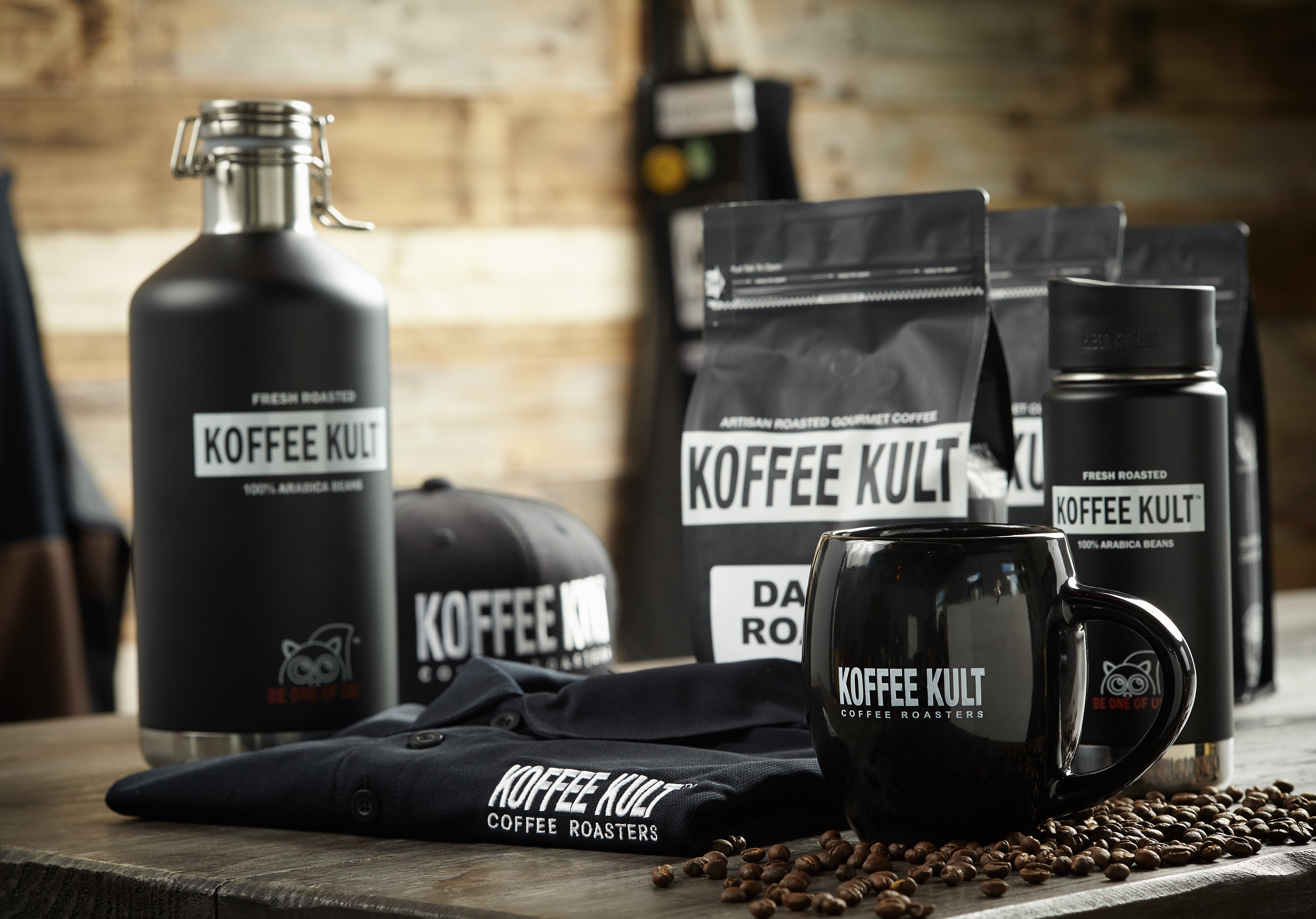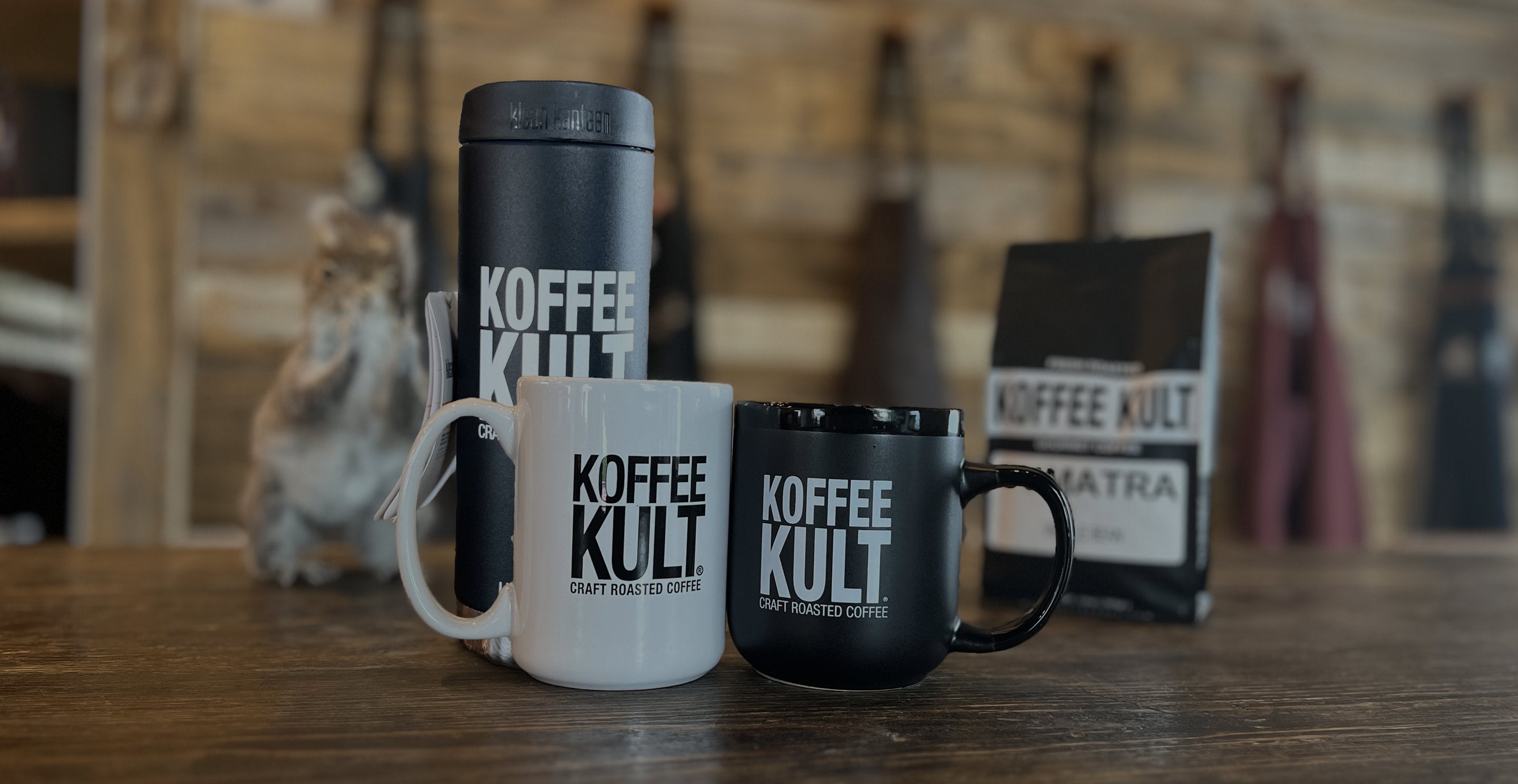Selective vs. Strip Harvesting
 When it comes to harvesting coffee beans, there are two basic methods. Either selective or strip harvesting, but what’s the difference?
When it comes to harvesting coffee beans, there are two basic methods. Either selective or strip harvesting, but what’s the difference?
Selective Harvesting
As the name suggests, selective harvesting is selecting only the ripest coffee fruit by hand. You’ve heard of the phrase ‘cherry picking’? It’s the same process. This leaves the unripe coffee on the tree for future harvesting. Pickers go back again and again until it’s deemed no longer worthwhile to continue the harvesting.
With this method, only the red fruit is harvested. Pickers then perform a post-harvest sorting and weigh their haul. As you can imagine, this takes quite some time to do, but it’s worth it.
The advantages of this selective harvesting method are that only the ripest fruit is picked, weighed, and dried. Plus, the trees can be planted on land with inclines, which farms in mountainous and volcanic regions already have. This helps the farm remain efficient with its planting practices. One major disadvantage is that it requires people that can work for minimal pay.
Strip Harvesting
With this method, all the fruit is stripped off the trees mechanically at one time. As you can imagine, this means a mix of ripe and not-so-ripe fruit being picked. There are two main ways to strip harvest: mechanical stripping and using mechanical harvesters.
With mechanical stripping, a device (picture a rake attached to your hand) is used to strip the branches with the fruit landing on canvases placed on the ground. All of it is taken and weighed at the end of the day. Mechanical harvesters are machines that knock fruit off a tree with large rotating mallets into collection units. This type of harvesting is quicker, but you need flat ground for the machine to go through the farm.
The advantages of strip harvesting are that it requires less time and labor to complete. Some disadvantages are the mix of mature and not so mature fruit and what it means to the overall product. For the best quality crop, the coffee producer has to add the use of pulpers and optical sorters post-harvest.
